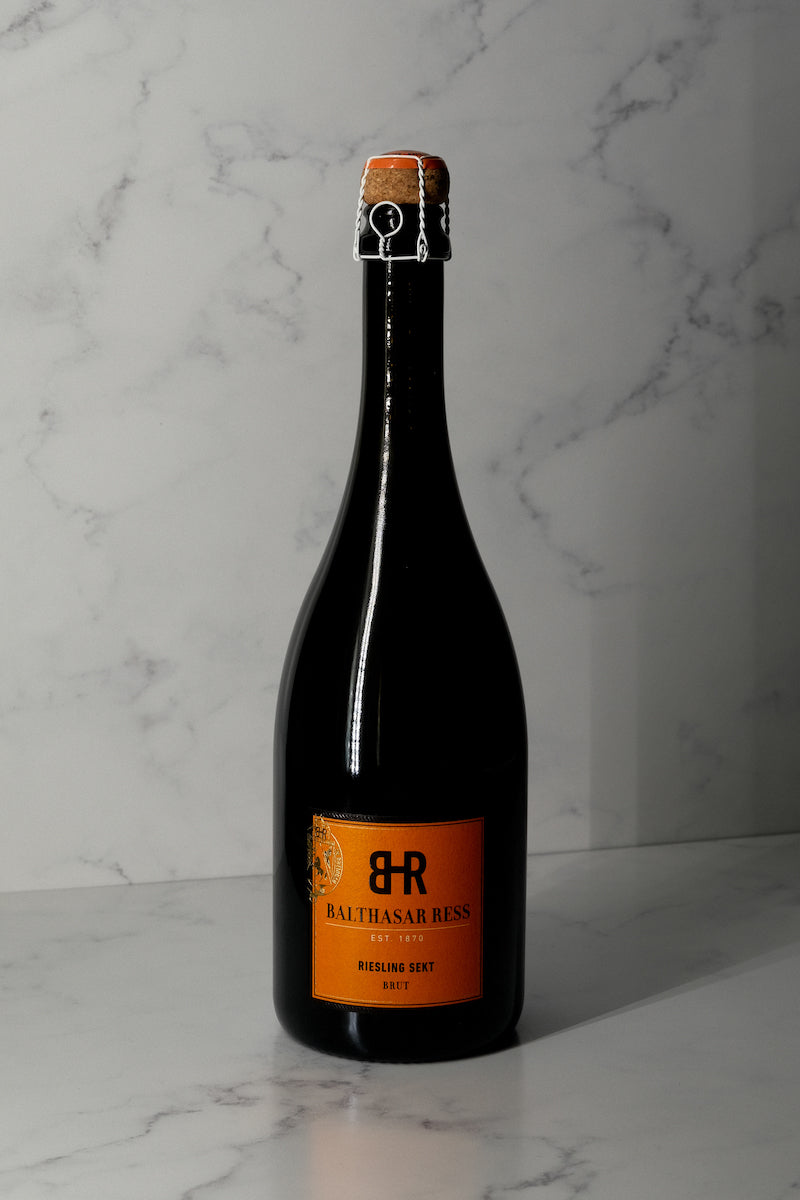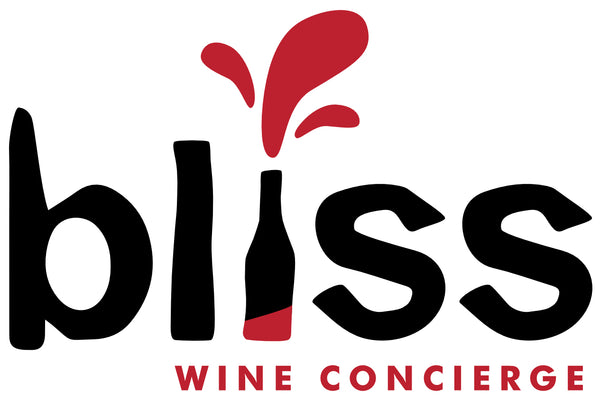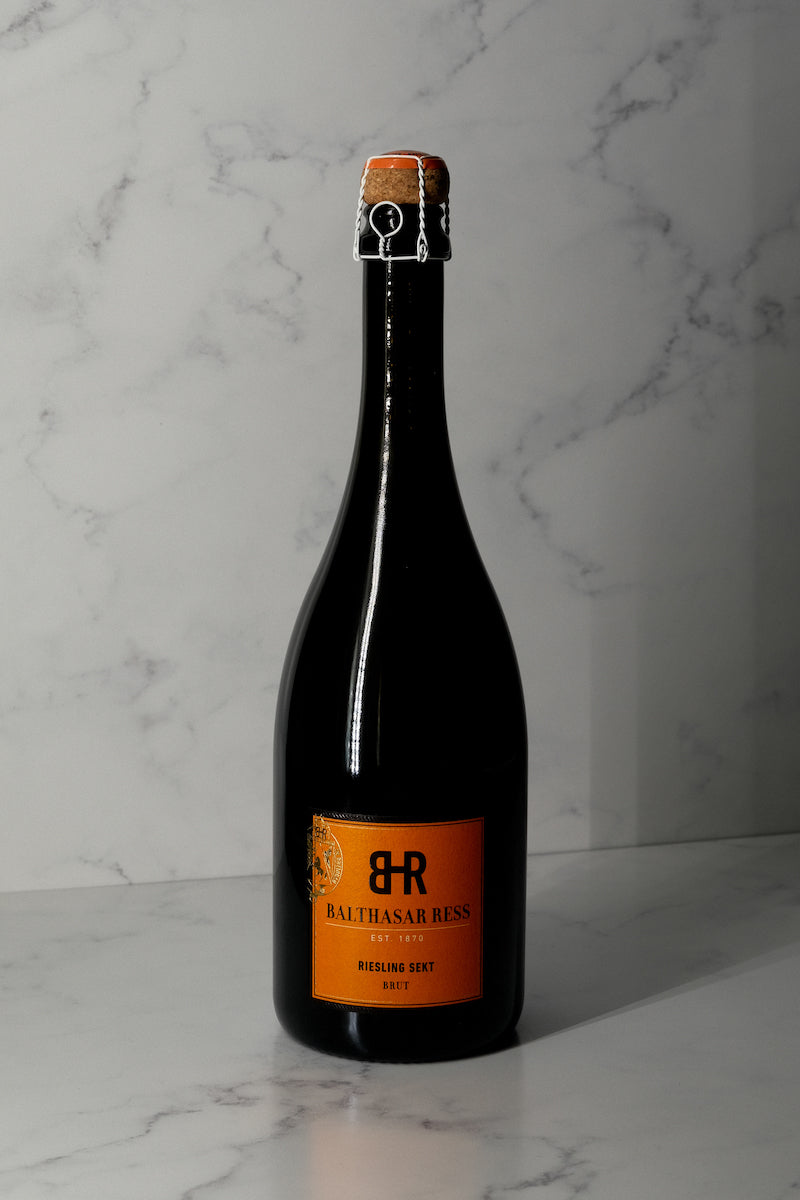Bliss Wine Concierge
Balthasar-Ress- Riesling Sekt Brut MV
Balthasar-Ress- Riesling Sekt Brut MV
Regular price
$40.00 USD
Regular price
Sale price
$40.00 USD
Unit price
per
Shipping calculated at checkout.
Couldn't load pickup availability
The Riesling Sekt brut presents itself with a light lime green color in the glass. The nose reveals distinct tones of lemon and floral freshness. On the palate, these aromas continue along with green apple and a slight yeasty note, due to the long aging on the lees. This wine convinces even the biggest skeptic that Sparkling Riesling is a serious player in the future of bubbles.
Technical Details
Technical Details
Vineyard Notes
Vineyard Notes
Production Notes
Production Notes
Production Size
Production Size
Fun Facts
Fun Facts
Pairing Suggestions
Pairing Suggestions
Cuisines to try with
Cuisines to try with


